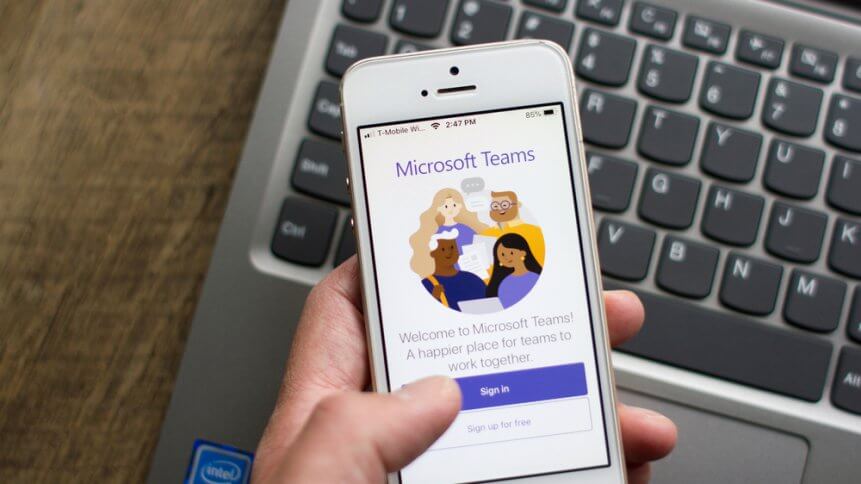‘As big as the internet’ – Satya’s lofty ambitions for Teams

- Microsoft laid out its vision for the future of Teams, hoping the web conferencing service will become as important to users as widely-used software like an internet browser
- Satya Nadella is hopeful Teams will be able to expand past the office-based workers it mainly caters for to front line workers in sectors such as retail or healthcare
The rise of the global Covid-19 pandemic has created an unparalleled surge in popularity among digital tools like Teams, Zoom, Cisco’s Webex, and others. Each has had a particularly strong year, leading to a better outlook and stiff competition.
To compete in this industry you need big ambitions and vision. Microsoft chief executive Satya Nadella seems to know this well. In a recent interview with the Financial Times (FT), Nadella has outlined his vision for turning Teams into a “digital platform as significant as the internet browser.”
Lofty as those ambitions sound, what he meant was collaboration tools like Teams could serve as the glue that holds the digital work environment together, offering meetings, chat applications, and other programs through a single, unified interface. That doesn’t sound too unrealistic in the remote world of work we now live in.
Using the comparison of WeChat’s usage in China, Nadella makes the figurative leap that Microsoft Teams is perhaps the closest thing to an all-encompassing digital platform as significant as an internet browser or an operating system. “There isn’t a western equivalent. If anything, Teams is probably the closest when it comes to the work area.”
For context, by the end of September, the number of daily active Teams users reached 115 million, a rise of more than 100 million compared to the previous year. Microsoft has begun offering Teams as a free add-on to its Office software, thus making it a natural choice for businesses that already pay for the productivity suite.
Reports stated that analysts quoted by FT said Microsoft wanted to create “the captive portal through which you experience everything else”, and “this was the original promise of Windows – we’ve gone full circle.”
Microsoft “wants the captive portal through which you experience everything else,” Directions on Microsoft analyst Jim Gaynor said as quoted by FT. “They have tried this repeatedly. Teams are the closest they’ve come to it.”
Originally developed as a chat-focused competitor to Slack, now Teams also has Zoom in its sight. Beyond the pandemic, Nadella said employee demand for flexibility would require “synchronous and asynchronous” software tools in a single package, including real-time meetings with collaboration and messaging tools.
In the future, Nadella hopes Teams will be able to expand past the office-based workers it mainly caters for to front line workers in sectors such as retail or healthcare. He hopes Teams could be used for wider work processes inside these companies or organizations.
Teams also has plenty of new features lined up for 2021. The Redmond-based tech giant is working on making Teams a place where users can access its Office apps, with integrated Outlook features as well as OneDrive and SharePoint tools heading to it this year. Other long demanded features, such as multi-user sign-ins for desktop, also look like they’ll be landing in Teams in 2021.








